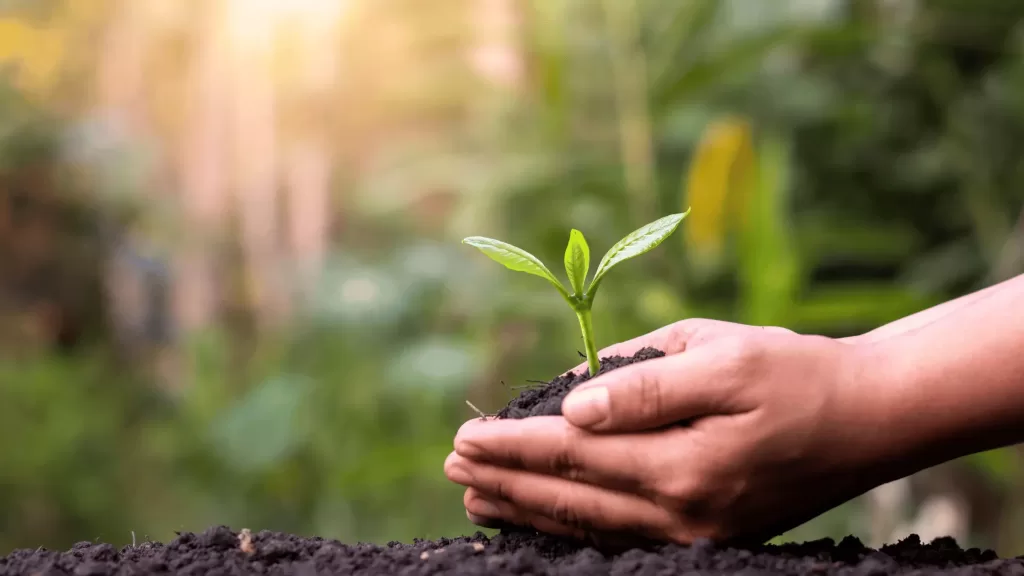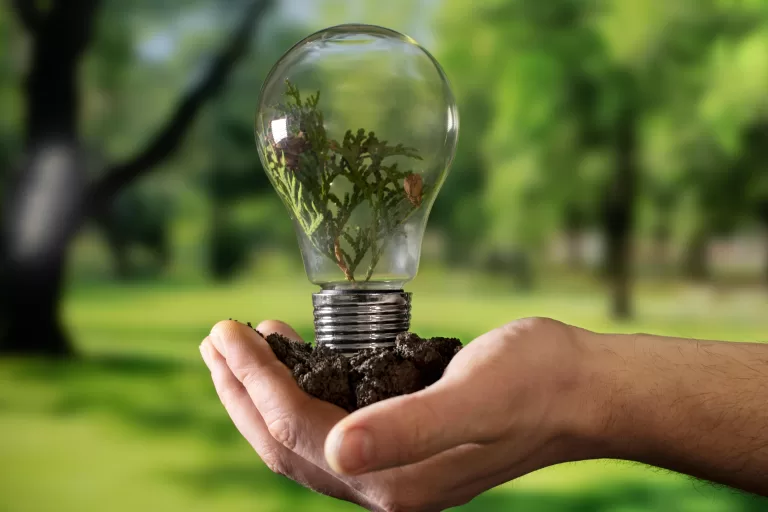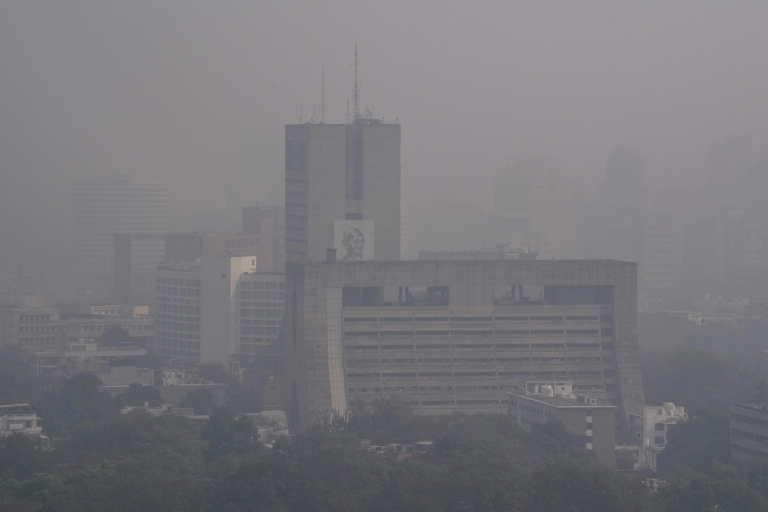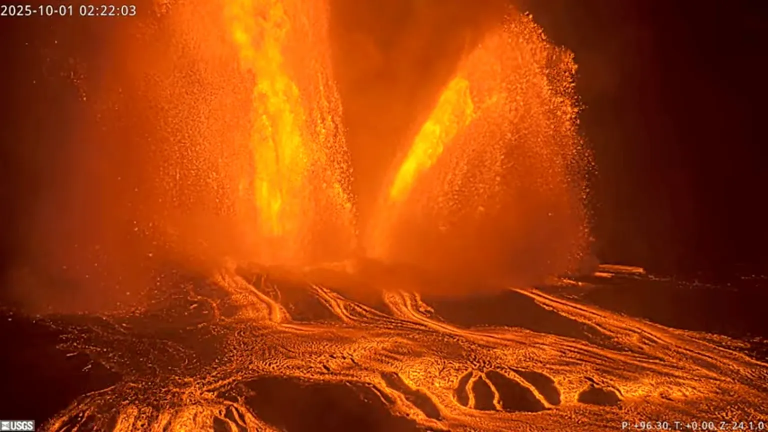
In a world increasingly threatened by climate change and habitat loss, the importance of forests cannot be overstated. These lush green expanses not only provide a haven for countless species but also play a crucial role in regulating our planet’s climate. However, with rampant deforestation and degradation of natural habitats, the need for proactive measures to replenish our forests has never been more urgent. This is where afforestation steps in—a powerful tool in the fight against environmental degradation and a beacon of hope for a sustainable future.
What is Afforestation?
Afforestation refers to the process of planting trees in areas where there was previously no forest. This process is aim to create a new forest which can provide a wide range of benefits to both the environment and human society. Afforestation is becoming increasingly important as deforestation continues to impact ecosystems around the world.
Types of Afforestation
When it comes to afforestation, there isn’t a one-size-fits-all approach. Different types of afforestation techniques and strategies can be employed depending on factors such as site characteristics, ecological goals, and socio-economic considerations. Here are some common types of afforestation:
1. Reforestation
Reforestation involves restoring forests in areas that were previously forested but have been deforested or degraded. This may include replanting trees in areas that have been cleared for timber extraction, agriculture, or urban development. Reforestation aims to regenerate native forest ecosystems and restore biodiversity and ecological functions.
2. Agroforestry
Agroforestry integrates trees into agricultural landscapes to enhance productivity, biodiversity, and ecosystem resilience. This approach involves planting trees alongside crops or livestock, providing multiple benefits such as improved soil fertility, erosion control, and additional sources of income for farmers. Agroforestry systems can range from simple arrangements, like alley cropping, to complex multi-strata agroforests.
3. Urban Afforestation
Urban afforestation focuses on increasing tree cover and green spaces in urban areas to mitigate the urban heat island effect, improve air quality, and enhance the livability of cities. This may involve planting trees along streets, in parks, and on rooftops, as well as creating urban forests and green corridors. Urban afforestation contributes to biodiversity conservation, climate resilience, and human well-being in densely populated areas.
4. Revegetation
Revegetation involves planting vegetation, including trees, shrubs, and grasses, in areas where natural vegetation has been removed or degraded. This may include revegetating mined lands, degraded rangelands, or areas affected by wildfires or erosion. Revegetation efforts aim to stabilize soils, prevent further degradation, and restore ecological functions in degraded landscapes.
5. Afforestation for Climate Change Mitigation
Afforestation can be targeted specifically for climate change mitigation by planting trees to sequester carbon dioxide from the atmosphere. This may involve reforesting degraded lands, establishing new forest plantations, or restoring peatlands and wetlands. Afforestation for climate change mitigation aims to enhance carbon storage in terrestrial ecosystems and offset greenhouse gas emissions from human activities.
6. Social Afforestation
Social afforestation involves engaging local communities in tree planting and forest restoration initiatives to promote community empowerment, environmental education, and sustainable livelihoods. This approach recognizes the importance of involving stakeholders, including indigenous peoples and local communities, in decision-making processes and implementation efforts. Social afforestation can foster a sense of ownership and stewardship over forest resources and contribute to long-term sustainability.
Process of Creating a Forest
The process of creating a forest involves several steps, which include:
1. Site Selection
The first step is to select a suitable site for afforestation. Factors to consider include the soil type, climate, water availability, and topography of the area.
2. Plant Selection
The next step is to select the appropriate tree species to plant in the selected site. This will depend on factors such as the local climate, soil conditions, and the intended purpose of the forest.
3. Site Preparation
Once the site and plant species are selected, the next step is to prepare the site for planting. This may involve clearing vegetation, ploughing or tilling the soil, and levelling the ground.
4. Planting

Planting involves placing the seedlings in the ground at the appropriate depth and spacing. The seedlings were watered regularly during the early stages of growth to ensure that they established a strong root system.
5. Maintenance
They require regular maintenance to ensure their survival and growth after planting the trees. This may involve activities such as weeding, pruning, and fertilising.
6. Monitoring
The final step is to monitor the progress of the forest over time. This involves tracking the growth and health of the trees and monitoring the forest’s impact on the surrounding environment.
Afforestation Around the World
Afforestation is a critical process that implemented all over the world to mitigate the impacts of deforestation and climate change.
Here are a few examples of afforestation initiatives that are taking place around the world:
1. India’s Green India Mission
The Green India Mission is a national afforestation program launched by the Government of India in 2014. The program aims to increase India’s forest cover to 33% of its total land area and create an additional carbon sink of 2.5 to 3 billion tonnes of CO2 equivalent.
2. China’s “Green Great Wall”
China’s afforestation program, known as the “Green Great Wall,” aims to plant 100 billion trees across the country by 2050. The program is intended to combat desertification, improve air and water quality, and mitigate the effects of climate change.
3. Brazil’s Amazon Afforestation Program
The Brazilian government launched an afforestation program in the Amazon rainforest in 2020. The program aims to plant 4.5 million hectares of a new forest by 2030, which will help to combat deforestation and protect the region’s biodiversity.
4. Ethiopia’s Green Legacy Initiative
In 2019, the Ethiopian government launched the Green Legacy Initiative, which aims to plant 5 billion trees nationwide in one year. The initiative was a huge success, with over 5.5 billion trees planted by the end of the year.
5. The African Forest Landscape Restoration Initiative
This initiative aims to restore 100 million hectares of degraded and deforested land in Africa by 2030. The initiative is being implemented by a coalition of African countries, with support from international organizations such as the World Bank and the United Nations.
Conclusion
Afforestation is an important process that can help to mitigate the negative impacts of deforestation on the environment. There are several types of afforestation, and the process of creating a forest involves several steps, including site selection, plant selection, site preparation, planting, maintenance, and monitoring. By following these steps, we can create new forests that provide a wide range of benefits to both humans and the natural world.




